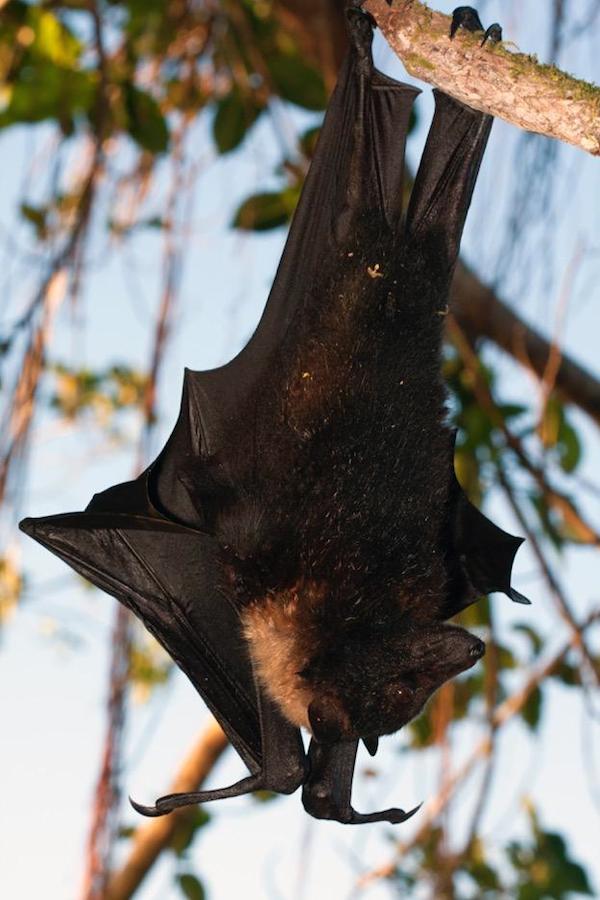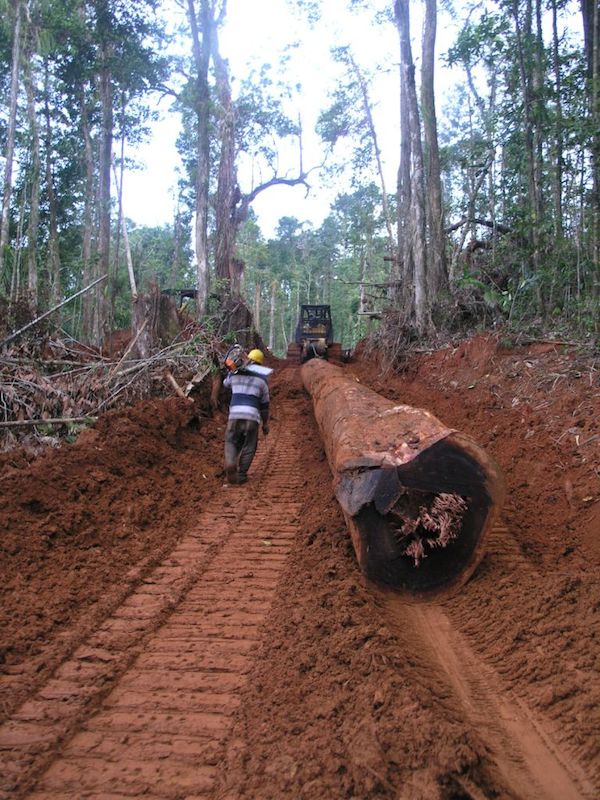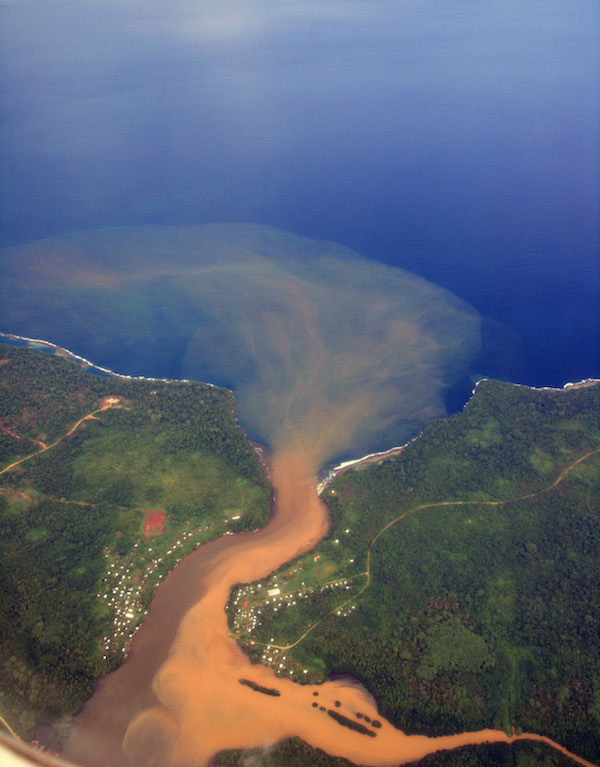- Bat teeth are more valuable than paper money on the island of Makira, in the eastern Solomon Islands.
- The use of bat teeth as a currency means that bats on the island are commonly hunted. One species, the Makira flying fox, is found only on the island and is being threatened with extinction due to human pressures.
- In addition to direct hunting, human population growth and logging are also threatening the bats.
- To save the species, researchers recommend developing quotas for sustainable harvesting, as well as an outreach campaign connecting the survival of this key piece of Makiran culture with the need to conserve the bats.
On the island of Makira, in the eastern Solomon Islands, bat teeth are more valuable than paper money. But their use as a currency has contributed to widespread hunting of flying foxes and is driving one species toward extinction. Now, conservationists are trying to use this local tradition to save the bats and build local support for their conservation.
Known to some as the “forgotten island,” Makira attracts few tourists. Those that make the trek do so primarily to see its rare and endemic birds, such as the rare yellow-legged pigeon (Columba pallidiceps), white-headed fruit dove (Ptilinopus eugeniae) and endangered chestnut-bellied imperial pigeon (Ducula brenchleyi). The island’s mammals, reptiles and amphibians are poorly understood by comparison.
Researchers Tyrone Lavery and John Fasi, who was born in Makira, surveyed 197 Makirans to learn why they hunt the bats. While the bats are mainly hunted for food, their teeth are more valuable to the Makirans than the paper money of the Solomon Islands, according to the results of the study, published in Oryx on Oct. 16. The teeth are strung into necklaces or bracelets and exchanged during significant cultural events such as weddings, or to apologize and settle disputes.
Two species of flying fox live on Makira; one, the Makira flying fox (Pteropus cognatus), is only found on this island and is considered Vulnerable by the IUCN. Flying foxes are large, fruit-eating bats with dog-like faces. Globally, 31 of the 65 species of flying fox are dangerously close to extinction. Twenty-eight of these threatened species are found only on islands, where they play vital ecological roles.


Flying foxes are considered ecosystem engineers. As consumers of nectar and fruit they pollinate and spread the seeds of the plants they feed on. Hurricanes can level entire forests on Pacific islands like Makira, but the fruit- and nectar-eating bats help forests regenerate by dispersing seeds and pollinating flowers.
Makira’s population is growing by 2 percent annually as of 2016, which has increased hunting pressures on the flying foxes that many Makirans rely on as a source of protein. The communal roosting habits of the flying foxes make them vulnerable to mass killing by Makirans searching for food both for themselves and to sell in markets.
Hunting represents the most imminent threat to the flying foxes of the island, Lavery said. But habitat loss is also affecting them as foreign logging companies continue to tighten their grip on the island’s extensive but finite forest resources. Lavery told Mongabay that eight logging companies, mostly from Asia, currently operate approximately 14 camps on the island. Logging companies routinely violate environmental regulations on the island — for example, felling trees too close to rivers, failing to construct proper roadways, and logging at altitudes above 400 meters (1,300 feet), which is prohibited by law. The reliance of many Makirans on the forest for food and water means the negative effects of logging — polluted rivers, loss of forest-dwelling wildlife, and increased flooding — force Makirans off lands that have provided for them for generations.





The most obvious way to save the bats is to ban hunting, but researchers say that the cultural significance of the bat teeth combined with the bats’ value as a food source means this approach is unlikely to be successful. In 2010, an international conservation group paid locals on another of the Solomon Islands to stop hunting dolphins for their teeth, which are also used as currency. But by 2013, hunting had resumed and the price per tooth had risen dramatically, motivating additional hunting.
Any effort to conserve flying foxes on Makira will require ongoing local support to succeed. Instead of a ban on hunting, the researchers recommend developing quotas for sustainable harvesting of the flying foxes, as well as an outreach campaign connecting the survival of this key piece of Makiran culture with the need to conserve the bats.
“You have to convince people in a different way,” Fasi said. “You can’t just use figures and facts. Appeal to something that makes sense and is important to them.” He added that the pitch to Makirans should be simple: “If you hunt the bats into extinction, a part of your culture will go extinct too.”
“The great thing about Tyrone’s work is that it looks at Western models of capitalism and conservation and recognizes that they’re not always the right things to appeal to,” said Nathan Whitmore, a biologist working in Papua New Guinea with the Wildlife Conservation Society, who was not involved in the study.

The next step in developing a long-term conservation plan for flying foxes on Makira is to conduct population surveys to establish baselines for sustainable harvesting. By virtue of its status as the “forgotten island,” Makira may have enough time to curb the negative effects of population growth and logging with strategic interventions.
But Lavery is somber when asked what the future may hold for wildlife on Makira.
“So far the only extinctions we’ve documented have been due to introduced species like feral cats,” he said. “But that will probably change fairly quickly in the coming decades with the increasing population and logging.”
Citation:
Tyrone H. Lavery, John Fasi. Buying through your teeth: traditional currency and conservation of flying foxes Pteropus spp. in Solomon Islands. Oryx, 2017; 1
FEEDBACK: Use this form to send a message to the editor of this post. If you want to post a public comment, you can do that at the bottom of the page.
